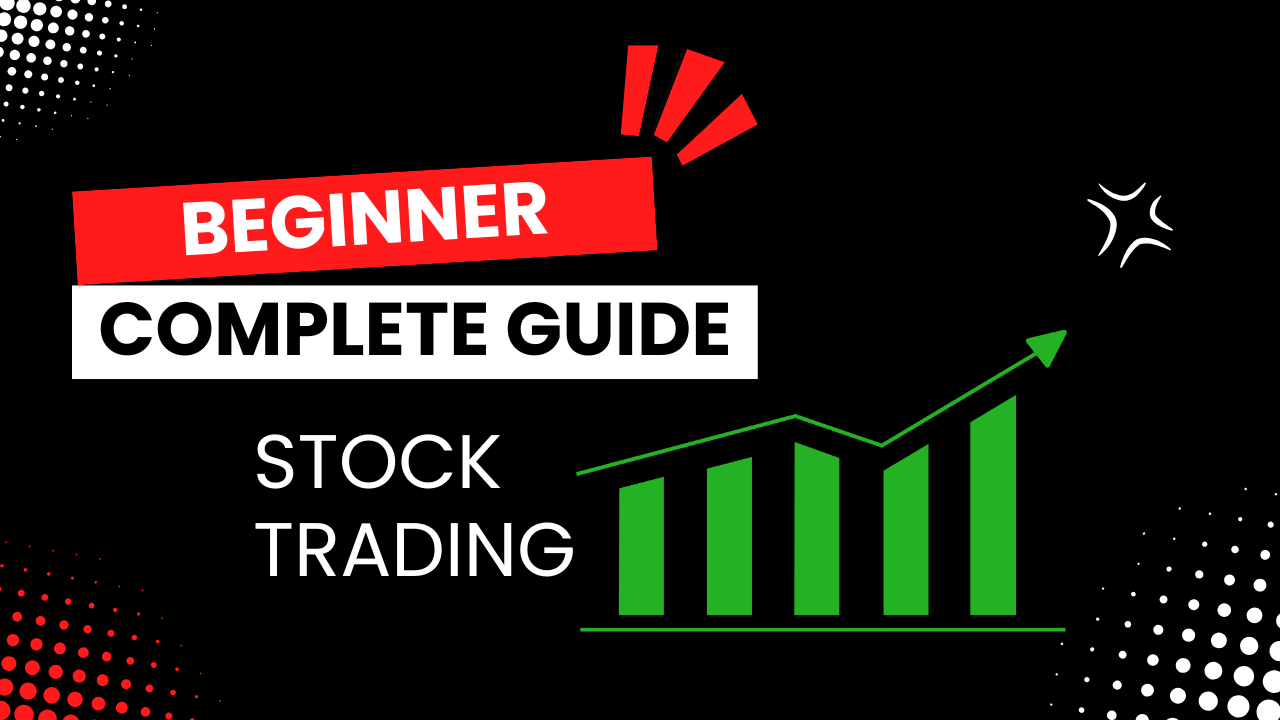Overview
Stock trading might seem complex at first. However, once you understand the basic concepts, you’ll be able to navigate it confidently. This article will guide beginners through essential concepts of stock trading, the way the stock market works, and the tools you’ll need to start trading.
What Are Stocks?
Stocks represent ownership in a company. When you buy shares of stock, you own a small part of the company. Therefore, your financial success depends on how well the company performs. Additionally, stock prices fluctuate based on supply and demand. They can rise or fall depending on factors such as the company’s earnings, the state of the economy, and investor sentiment. I recommend you to also read these books.
How the Stock Market Works
The stock market is where buyers and sellers meet to trade shares. It is made up of several exchanges, such as the New York Stock Exchange (NYSE) or the NASDAQ. As a result, the market operates on the basic principle of supply and demand, which ultimately determines the price of stocks. Moreover, factors like interest rates, inflation, and corporate earnings all influence the stock market.
The Role of Stockbrokers
To trade stocks, you’ll need to use a brokerage firm. Brokers act as intermediaries between you and the stock market. Nowadays, many online brokers allow you to trade directly from your computer or smartphone. When choosing a broker, be sure to consider several factors, such as commissions, trading platforms, account types, and educational resources. Some brokers even offer demo accounts, which let you practice trading with virtual money before using real capital.
Types of Stock Orders
As a beginner, it’s important to understand the different types of stock orders you can place. Below are the most common types:
- Market Orders: These orders are executed at the current market price. They are ideal for quick trades, especially if you’re looking to buy or sell immediately.
- Limit Orders: With limit orders, you specify the price at which you want to buy or sell a stock. This ensures that you won’t pay more than your set price.
- Stop Orders: Stop orders are used to protect profits or limit losses. They are triggered when a stock reaches a certain price, ensuring that you exit the trade at the best possible moment.
Risk vs. Reward
All trading involves risk. Therefore, understanding how much risk you’re willing to take is essential to your success. The potential reward should always justify the amount of risk. One useful approach is to use risk/reward ratios. For instance, you might aim to make at least two dollars for every one dollar you risk. By balancing risk with potential reward, you can increase your chances of success.
Conclusion
Stock trading is not a get-rich-quick venture. It requires strategy, patience, and discipline. However, by understanding the basic concepts, selecting the right broker, and managing risk effectively, you can build a strong foundation for success. Therefore, with the right tools and knowledge, you’ll be well on your way to becoming a confident stock trader.

